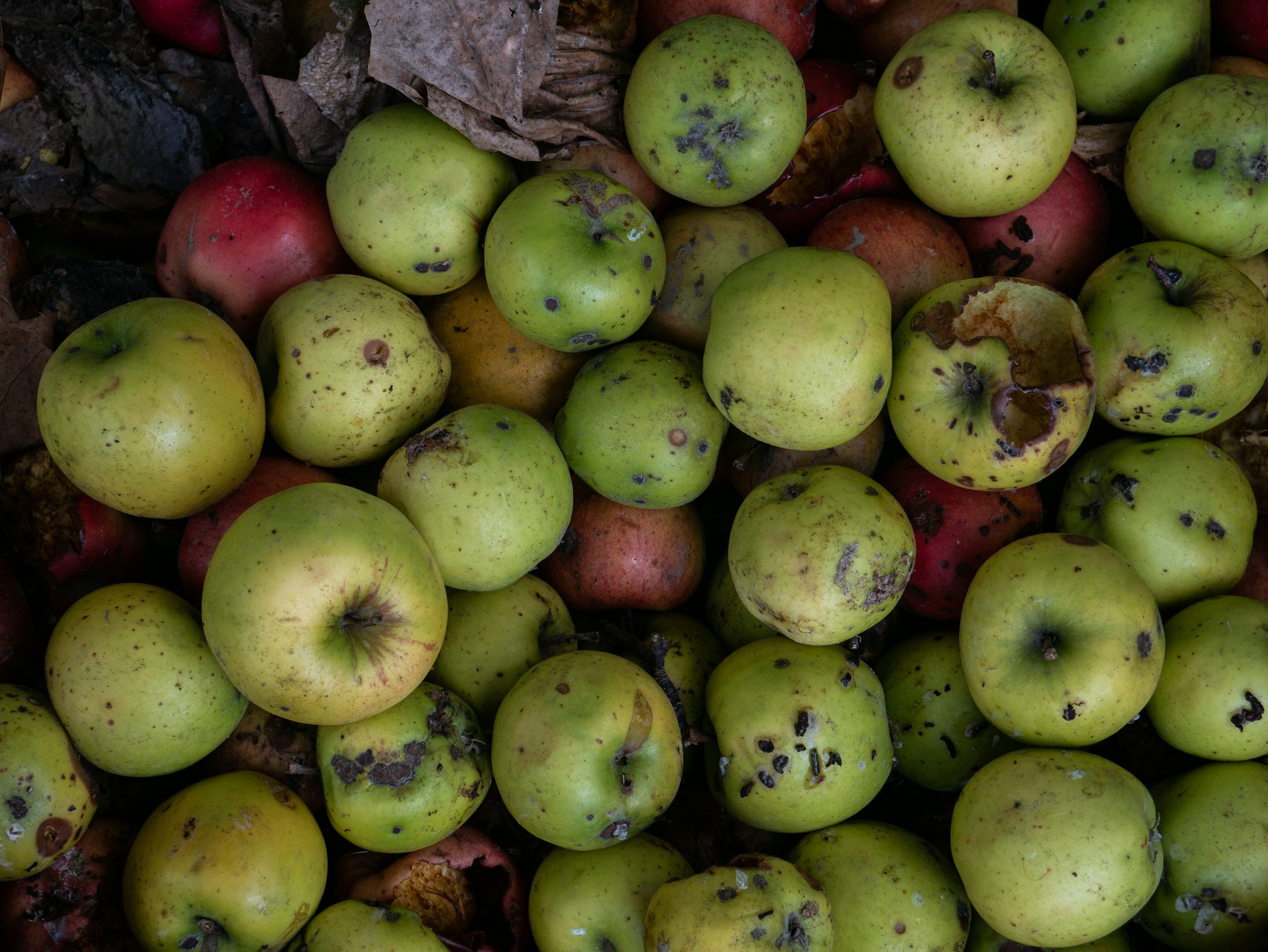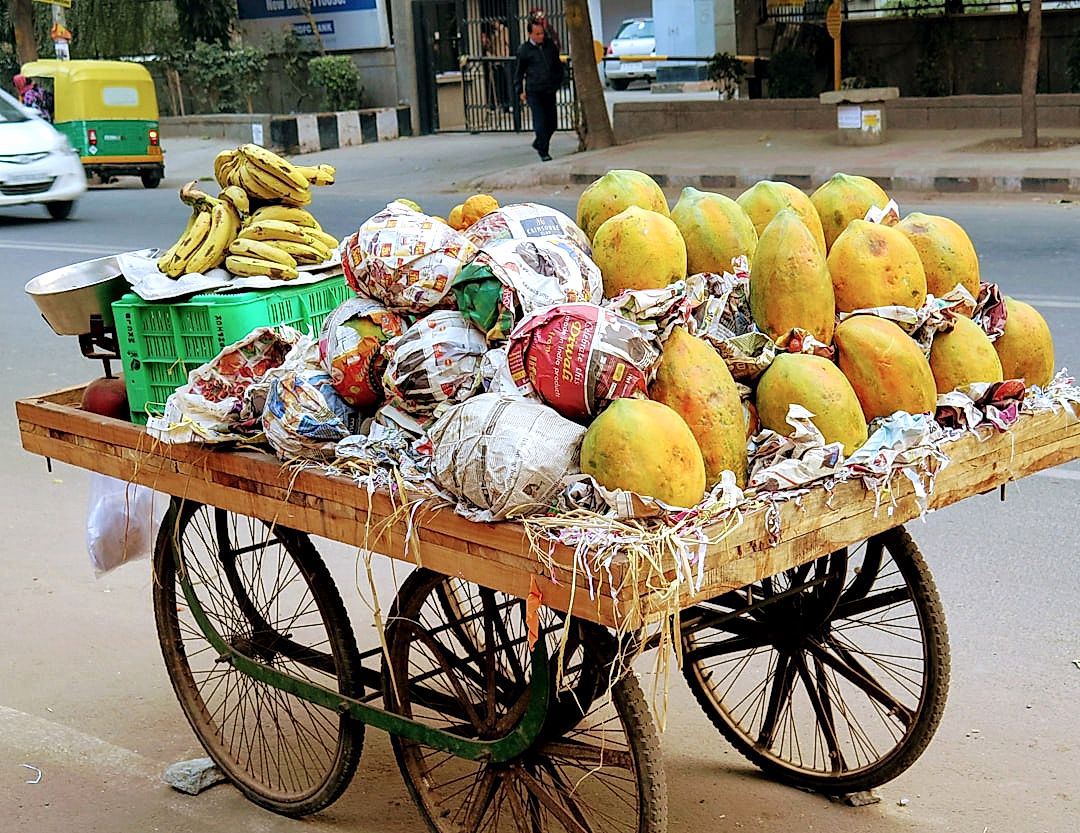Safety is paramount in the produce packing industry.
It’s not just about the protection of employees in the work environment, but also the safeguarding of consumers who rely on the cleanliness and integrity of the processes involved.
Understanding this, it becomes clear that the implementation of effective safety protocols is vital.
From field to market, there are various hazards that could compromise the quality of produce and endanger the welfare of workers.
This is why stringent guidelines are put in place, from equipment operation, sanitation procedures, and the importance of worker safety training.
Dive into understanding the essentials of these procedures that lie at the heart of a successful and secure produce packing facility.
Contents
Essential Safety Protocols For Produce Packing Facilities
1. Enforce strict personal hygiene among workers.
The critical first step in establishing an effective safety protocol for produce packing facilities is to enforce strict personal hygiene among workers.
This not only protects the food products being processed but also ensures the health and safety of the entire workforce.
Mandatory hand washing should be implemented before and after every shift, and as frequently as necessary during work hours.
Workers should be required to wear clean and appropriate protective clothing, such as gloves and hairnets.
Moreover, workers who are showing signs of sickness, such as coughs or sneezes, should be strongly advised to stay home until they are fully recovered.
To this end, management should ideally also provide sufficient sick leave entitlements to encourage sick employees to take the time they need to recover instead of coming to work and potentially spreading illnesses.
Facilities should be equipped with adequate hand washing stations and hand sanitizers for the convenience of their workers.
Besides the usual toilets and sinks, these hygiene stations should be strategically placed throughout the workplace – near entrances and exits, food packaging areas, and break rooms.
Graphic reminders about the importance of hand washing, the correct hand washing technique, and other hygienic practices should be prominently displayed.
In addition, regular audits should be conducted to ensure that hygiene practices are being adhered to.
Audits also serve the purpose of identifying any lapses that need to be addressed, or areas where more resources need to be allocated.
Workers should be trained periodically on the fundamentals of hygiene, including topics such as how germs are spread, the importance of personal cleanliness, and how to handle food safely.
Such training should be conducted by a competent person, either internal or external, and should be refreshed on a regular basis to ensure that knowledge and skills are kept up-to-date.
Enforcement of good hygiene is not just the responsibility of the management; workers themselves should be reminded to take personal responsibility for maintaining cleanliness and helping to keep the working environment safe.
Certain facilities may consider implementing a ‘hygiene buddy system’, where workers partner up to remind each other of hygiene requirements and support each other in meeting these requirements.
In short, ensuring strict personal hygiene among workers is a critically important foundation in the establishment of safety protocols in any produce packing facility.
2. Regularly sanitize all packing equipment and surfaces.
Produce packing facilities are environments where cleanliness and hygiene are of utmost importance. The constant handling of edibles requires that all equipment and surfaces be regularly sanitized.
Sanitizing equipment and surfaces is not just about removing visible dirt. It’s about eliminating bacteria, fungi and viruses that are not visible to the naked eye.
Commonly, professional sanitizing disrupts the microorganisms’ environment, making it impossible for them to multiply and spread. Regular sanitation, therefore, safeguards against foodborne diseases.
Routine sanitation also prolongs the lifespan of equipment. By removing harmful substances, equipment remains in top condition.
It is additionally important that staff understand why sanitation matters. Regular training should be conducted to educate staff on proper sanitization practices in packing facilities.
Complying with the right sanitation measures protects not only the workers on the site but also the consumers who will ultimately consume the produce. Without proper sanitation, the spread of harmful diseases could occur, risking public health.
Each facility should have a clear and comprehensive sanitation schedule. This ensures that equipment and surfaces are regularly cleaned.
The maintenance of a consistent cleaning schedule is vital to ensure that no area is overlooked and that cleaning is not done haphazardly.
All cleaning procedures should be performed using approved food-safe cleaning agents. Soap and water are usually not enough when it comes to disinfecting surfaces and equipment in a produce packing facility.
It is recommended to have a professional sanitization team, but if this is not feasible, employees should be trained on how to properly sanitize equipment and surfaces.
Without regular sanitization, a facility runs the risk of cross-contamination. This is where pathogens transfer from contaminated surfaces or equipment to the produce, and eventually to consumers.
Lastly, although often overlooked, proper personal hygiene is a critical part of sanitation. Workers must wash their hands frequently, use gloves and hairnets, and follow other hygiene practices.
Sanitation plays a critical role in ensuring that the produce packed in a facility is of the highest quality.
Ongoing monitoring and evaluation of cleaning procedures must be conducted to ensure they are being followed consistently and are effective. Remember, hygiene and cleanliness are not only about making a good impression but preserving public health.
3. Implement and Monitor Quality Control Systems
To ensure the successful execution of safety protocols in produce packing facilities, it is essential to implement and monitor quality control systems.
Quality control systems are integral to standardizing procedures, preventing contamination, and maintaining the highest levels of hygienic standards.
The implementation of quality control systems begins with developing a comprehensive plan that outlines both process controls and food safety requirements.
Process controls typically include aspects such as pre-harvest inspection, post-harvest handling, and perform corrective actions when required on the premise of continuous monitoring and assessments.
Post-harvest handling includes procedures to maintain produce quality and prevent microbial contamination, but when mistakes occur, it’s crucial to have mechanisms in place for quick detection and remediation.
Once the quality control system is in place, the next critical step is to conduct regular audits to ensure the plan’s effectiveness.
These audits encompass thorough checks of both processes and facilities to detect any potential areas for improvement or non-compliance with food safety standards.
Worker training plays a substantial role in quality control. Employees should be adequately trained and educated to understand the importance of their role in maintaining quality control.
This includes detailed knowledge of sanitation practices, use of equipment, safe handling of produce, and rapid identification and response to any potential threats to food safety.
Moreover, maintaining documentation of all activities related to quality control system is a crucial responsibility.
Paperwork should accurately reflect the implemented procedures, record deviations, as well as the corrective actions taken to address the detected issues.
This documentation acts as a resource for troubleshooting problems, tweaking procedures, and providing evidence of adherence to food safety protocols during audits.
Furthermore, third-party certifications can enhance the credibility of the quality control systems in a produce packing facility.
Achieving safe quality food (SQF) certification or other similar recogntions can indicate to both business partners and consumers that the facility is committed to maintaining the highest standards of food safety and quality.
In sum, well-implemented and monitored quality control systems are the cornerstone of ensuring the enforcement of essential safety protocols in produce packing facilities.
The Bottom Line
Through a close scrutiny of necessary steps, we can confidently assert that the key to maintaining a safe and healthy environment in any production factory lies in the trifecta of diligent personal hygiene, rigorous sanitation, and an effective quality control system.
Constant adherence to these measures can translate into not only fewer health hazards, but also increased worker productivity and product quality.
While these are not the be-all and end-all solutions, their synergy forms a solid cornerstone for a comprehensive approach to ensuring public health and safety.
Therefore, businesses should zealously invest in these aspects to contribute to a healthier society while simultaneously boosting their own credibility and bottom line.




